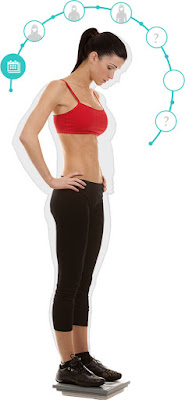Did you just go through a urostomy, ileostomy or colostomy procedure? If so, then you may need information about how the ostomy bag (often referred to as the colostomy bag or colostomy pouch) works. All aspects of caring for your bag will, to some extent, depend on what kind you have chosen. You may have an ostomy bag that is meant to be replaced after every emptying, or it may be designed to be used for about a week. Either way, you should also know how to clean your ostomy bag. But some general guidelines will be useful to everyone.
Here are the steps to take when changing your bag:
- Make sure your hands are cleansed with an antibacterial soap.
- Gather everything you will need and empty the bag.
- If your bag is open-ended, you should unclamp its end and empty the waste before separating the barrier from your body.
- Separate the barrier from your skin, using adhesive remover if necessary.
- Clean and inspect the stoma.
- Measure the stoma and cut a hole out of the barrier just a little larger than the stoma, so that the barrier will rest and adhere neatly and closely around the stoma. If your ostomy bag is a two-piece, then attach the bag to the barrier at this point.
- Peel the protective layer off and adhere the barrier around your stoma, pressing firmly to ensure a snug seal.
- Now you will need to place the appliance over the stoma so that it is completely covered. To do so you will remove the paper on the back and slowly lay the appliance over the stoma. Gently press out any wrinkles.
- If your new ostomy bag is open-ended, then all that remains is for you to apply the clamp to the end of the bag. If it is a closed end bag (meaning it has no clamped end for emptying the waste), then you've completed your change!
What type of ostomy bag do you use?
- One way to divide colostomy pouches is by the number of pieces in their assembly. If it is a one-piece, then its bag and barrier are the same piece. A barrier is sometimes called a flange or wafer and is the part of the apparatus that connects to the skin around your stoma. Most often, the barrier contains an adhesive layer that binds to your skin, but some people prefer to use a belt system to keep the bag pressed firmly against the body.
- A two-piece ostomy bag, true to its name, has two parts - the bag and a separate barrier piece. The two function the same as if they were one piece, but can be separated if you wish to remove it without breaking the adhesive seal of the barrier on your skin. Typically the two pieces snap together, much like food storage containers.
Stoma Care and Ileostomy Tips
- Whether you want to change the ostomy bag in a one-piece system, or change both the bag and barrier in a two-piece, you must carefully separate the barrier from your skin. Lift tenderly. Don't rip the barrier off your skin; if it's difficult and you feel you might irritate or hurt the skin by removing the barrier, you can use some adhesive remover while lifting.
- When it's time to clean and inspect the skin around your stoma. You can use a washcloth with warm water to clean the area. Soap can also be applied with the warm water, but be sure to rinse all of the soap off your skin afterward. Next, completely dry the skin. If necessary, adhesive remover can eliminate any undesirable residue left from the last barrier.
- If the tissue around your stoma is irritated and discolored, or the appearance has changed since the last time you examined it, you should describe it to your doctor or nurse and ask for advice.
- If you find it helpful for keeping the seal strong, special paste is sometimes applied to the stoma area before pressing the adhesive barrier down on it.
source
http://www.howtodothings.com/health-and-fitness/a3645-how-to-change-your-ostomy-pouch-or-bag.html









